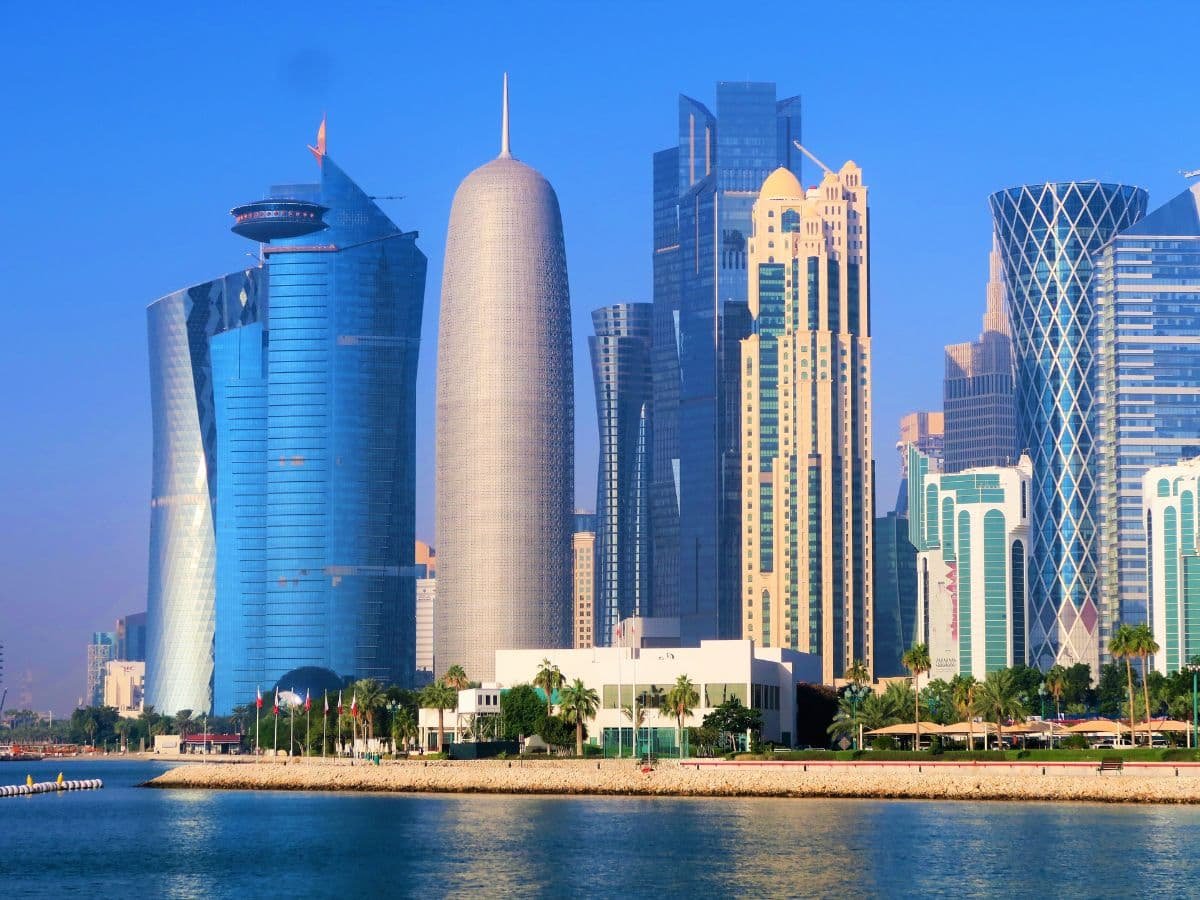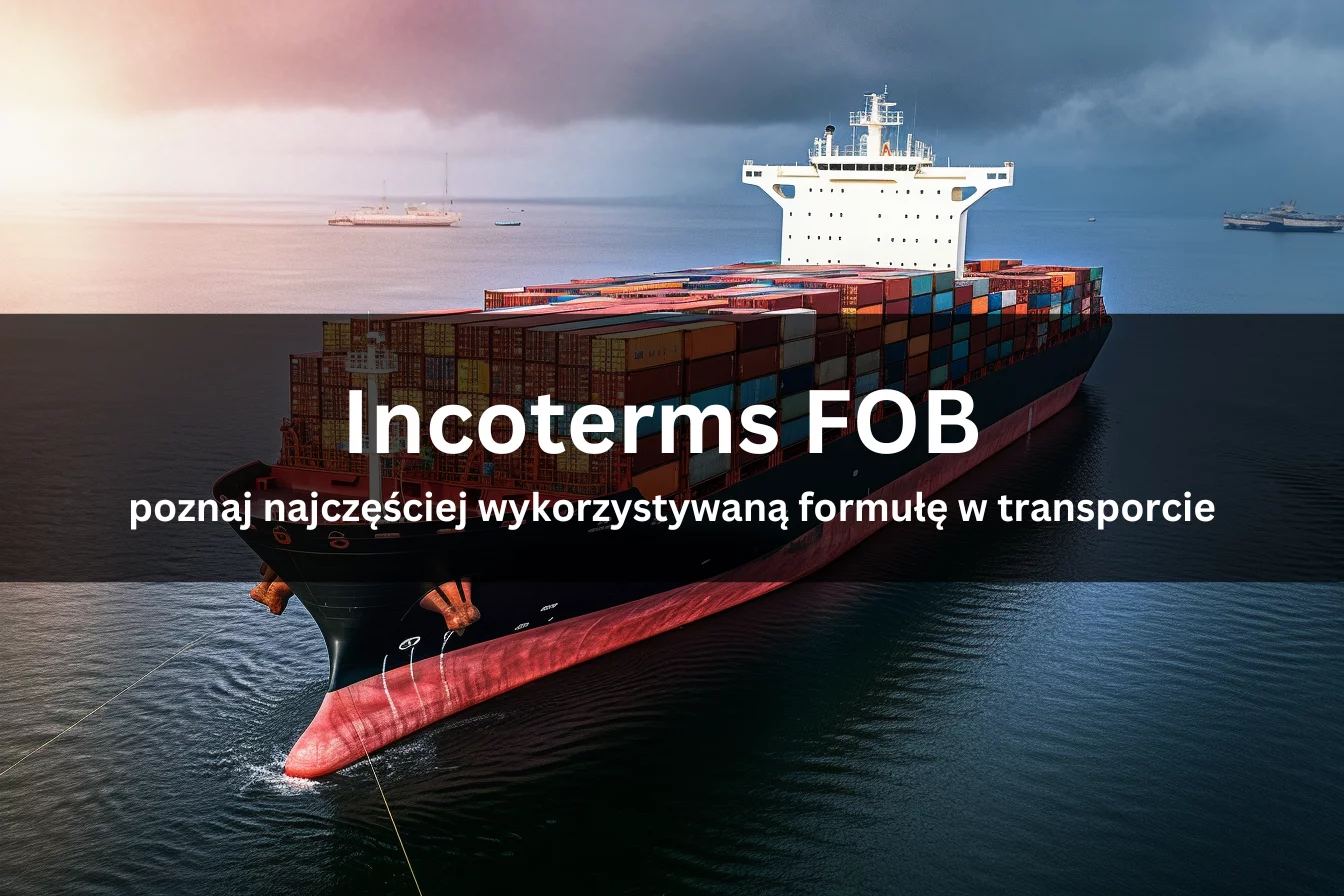Circular transport in freight forwarding means that the price of transport is calculated assuming that the driver drives with the load to the designated place and returns empty. Whether or not the transport goes round in a circle depends on whether the driver manages to find another load to load on the return journey after delivering the original load.
For example, we want to send 10 pallets from Warsaw to Berlin. We contact the carrier and agree on a rate. In the case of a direction such as Berlin, the driver transporting our cargo to Berlin will in all probability find another load in Berlin, which he will load on his way back to Poland. He will then no longer return with an empty vehicle. It may happen that the driver manages to find more than one load. This is made possible by freight exchanges such as trans.eu or Timocom. They allow the driver to search for loads in the area.
When the load travels in a circle, the price of transport will be more expensive due to the driver returning empty. In this situation, the driver will calculate a rate per km round trip. If a load can be found on the return journey, the rate will be much cheaper. Hauliers often know in which directions they will find loads to take and in which directions they will not, and will often be able to give us a transport rate immediately.






